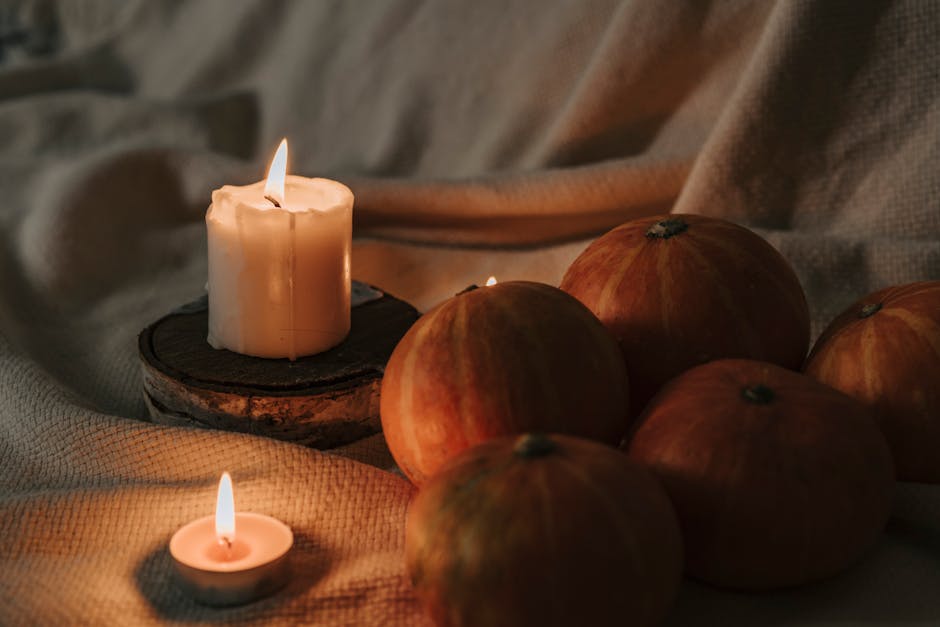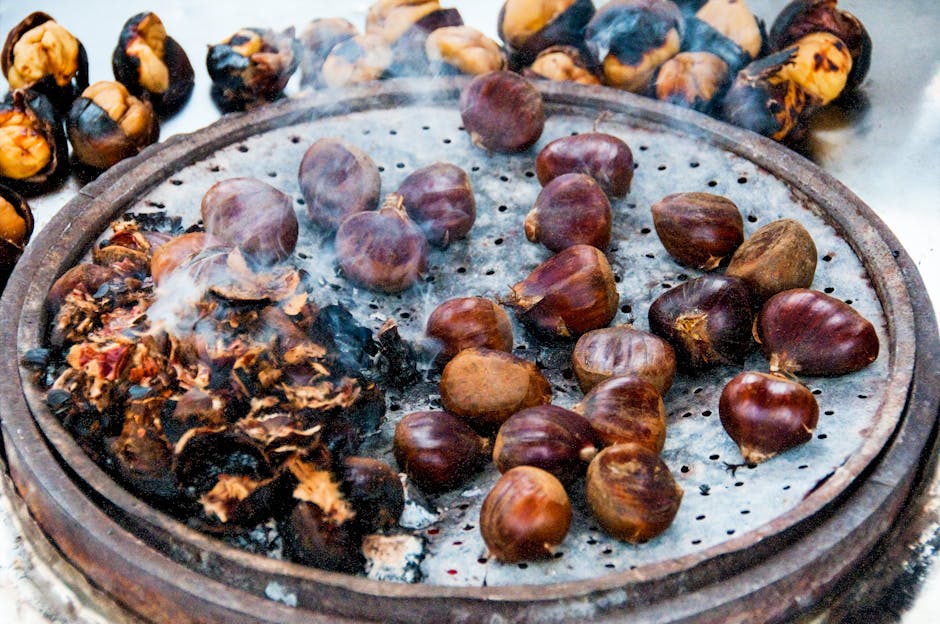The Allure of Autumn’s Fiery Hues
Autumn. The very word conjures images of vibrant landscapes ablaze with color, a breathtaking spectacle often referred to as the ‘Harvest of Fire.’ This period of transition, between the lush greens of summer and the barren browns of winter, is a time of remarkable beauty and profound change. But what exactly creates this mesmerizing display of fiery reds, oranges, and yellows? The answer lies in the intricate interplay of sunlight, temperature, and the complex chemistry of leaves themselves.

The Science Behind the Spectacle: Chlorophyll Degradation
The vibrant colors of autumn are not magically conjured; they’re revealed. Throughout the summer months, leaves are green due to the abundance of chlorophyll, the pigment responsible for photosynthesis. Chlorophyll absorbs sunlight, converting its energy into sugars that nourish the tree. As days shorten and temperatures cool, the production of chlorophyll begins to slow. This reduction in chlorophyll unveils the underlying pigments that were masked throughout the summer.
Carotenoids: The Oranges and Yellows
Carotenoids, responsible for the yellows and oranges we see in leaves, are present in leaves throughout the growing season. They’re masked by chlorophyll’s dominance, but as chlorophyll breaks down, the carotenoids become visible, creating a beautiful tapestry of warm hues.
Anthocyanins: The Reds and Purples
The vibrant reds and purples, however, are a different story. These stunning colors are produced in the fall, specifically by anthocyanins. Anthocyanins are synthesized in the leaves themselves in response to the changing environmental conditions. Factors such as bright sunlight, cool nights, and ample sugar supply contribute to their production. Therefore, the intensity of red and purple coloration often depends on the specific environmental conditions experienced by the tree.
Beyond the Aesthetics: The Ecological Significance
The ‘Harvest of Fire’ is not just a visual feast; it holds significant ecological importance. The changing leaf colors are a visual signal of the approaching winter, alerting animals to the shift in seasons and triggering their migratory behaviors. The falling leaves create a layer of organic matter on the forest floor, enriching the soil and providing nutrients for future growth.

Nutrient Recycling
Before leaves detach, the tree reabsorbs valuable nutrients like nitrogen and phosphorus from the leaves. This process helps the tree conserve resources and prepare for the dormant winter months. The remaining nutrients are returned to the soil, contributing to the overall health of the ecosystem.
Harvest of Fire Across the Globe: Regional Variations
While the general principle of chlorophyll degradation and the revelation of underlying pigments remains consistent, the specific colors and intensity of autumn foliage vary greatly depending on location and tree species. In North America, the iconic fiery reds and oranges of maple trees are a hallmark of autumn. In Europe, the hues tend towards yellows and browns, while Asian landscapes often showcase a mix of vibrant reds, oranges, and golds from various deciduous species.
Factors Influencing Color Variation
- Tree Species: Different tree species contain varying amounts and types of pigments.
- Temperature: Cooler nights and warm, sunny days enhance the production of anthocyanins, leading to brighter reds and purples.
- Soil Moisture: Adequate soil moisture is crucial for the healthy development and coloration of leaves.
- Sunlight: Ample sunlight is essential for the synthesis of anthocyanins.
Capturing the Harvest of Fire: Tips for Photography and Enjoyment
The beauty of the ‘Harvest of Fire’ is a fleeting spectacle, making it all the more valuable to appreciate and capture. For photographers, this time of year presents incredible opportunities. Early morning or late afternoon lighting often creates the most dramatic effects, highlighting the vibrant colors. Experiment with different angles and perspectives to find the most captivating compositions.
Beyond the Lens: Immersing in Autumn’s Embrace
Beyond photography, there are countless ways to enjoy the ‘Harvest of Fire.’ A leisurely hike through a forest ablaze with color, a picnic amidst the changing leaves, or simply relaxing and observing the transformation of the landscape can provide a sense of peace and tranquility. This is a time for reflection, a time to appreciate the natural beauty that surrounds us and the cyclical nature of life itself.

The Enduring Legacy of Autumn’s Blaze
The ‘Harvest of Fire’ is more than just a seasonal event; it’s a deeply ingrained part of our cultural consciousness. It inspires artists, poets, and writers alike, influencing their creative endeavors and providing a source of wonder and inspiration. It’s a reminder of the ephemeral beauty of nature and the importance of cherishing these moments before they fade.
From the scientific processes that drive the changing colors to the cultural significance it holds, the ‘Harvest of Fire’ is a captivating phenomenon deserving of our attention and appreciation. So, take a moment to immerse yourself in the autumnal spectacle, and let the fiery hues of the season fill your senses.

